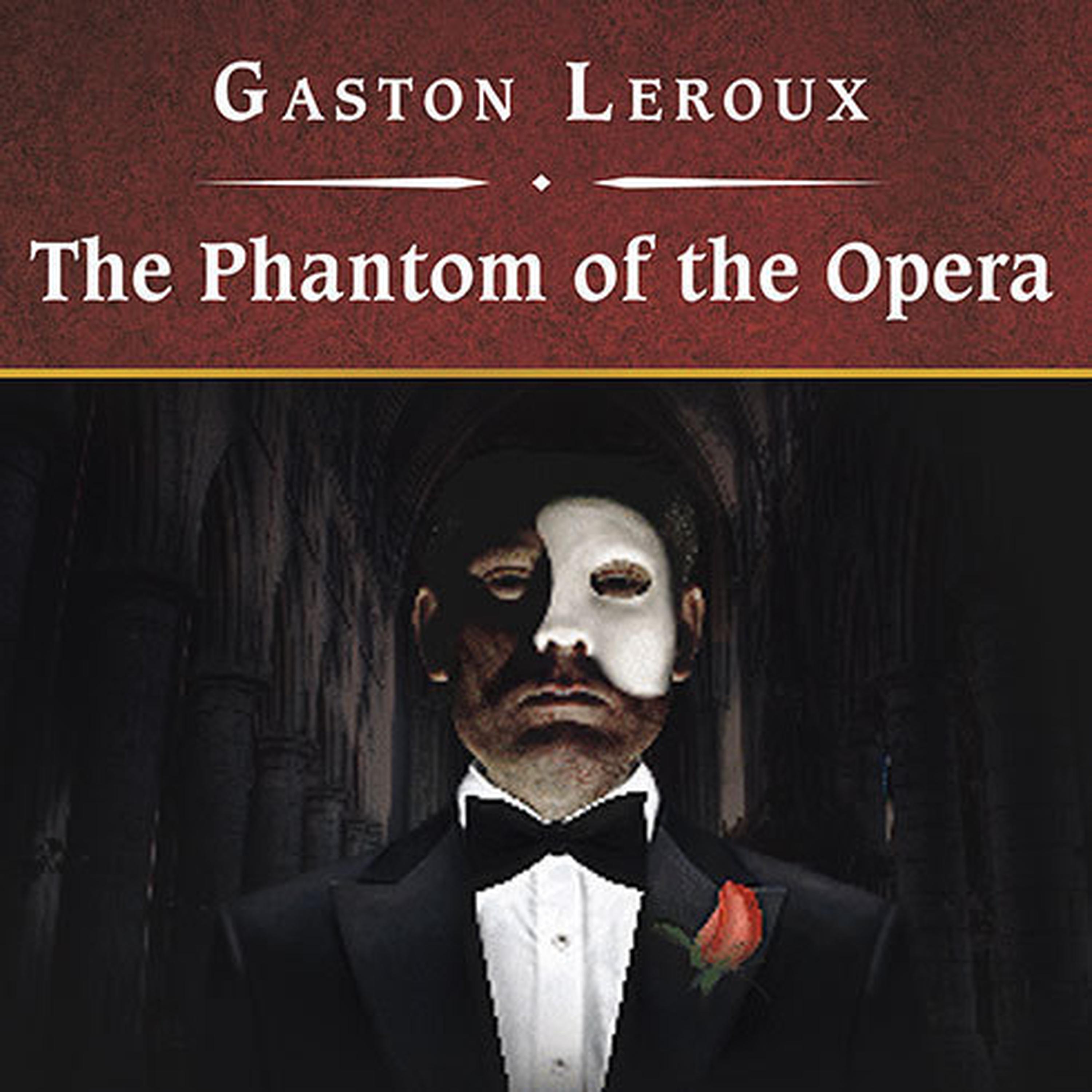

Most later versions shift the focus to be less on Raoul and much more on Christine and the Phantom. Raoul’s story is intercut with the almost unrelated account of the Opera’s managers as they try to cope with the pranks and extortion of the Opera Ghost. Raoul eventually finds himself contending with Erik, a skeletal, masked man who lives below the Opera Garnier, posing as a ghost. From this angle, it becomes a story of the young nobleman trying to unravel the mystery of what’s going on with Christine Daaé, opera singer and love interest. On the surface, the story is essentially as it is in later versions, although Leroux’s focus is a little different than most, putting much more of the spotlight on Raoul. This time, I found myself fascinated by how uncertain an account it really is – more than most books, Leroux’s Phantom has the potential to be completely altered depending on how much we trust the narrators, and I wonder how this influenced all those later versions. The second and possible third times, I was comparing to numerous other versions and also looking for ideas for my own version of the story. The first time I was entirely new to the story, and hadn’t seen or read any other version. I’ve read it at least twice (probably three times?) before, but it’s been a few years since my last read. As part of the Phantom Reading & Viewing Challenge I’m hosting this year (you can still join us!) in February I reread the story that began it all, Gaston Leroux’s Phantom of the Opera.


 0 kommentar(er)
0 kommentar(er)
